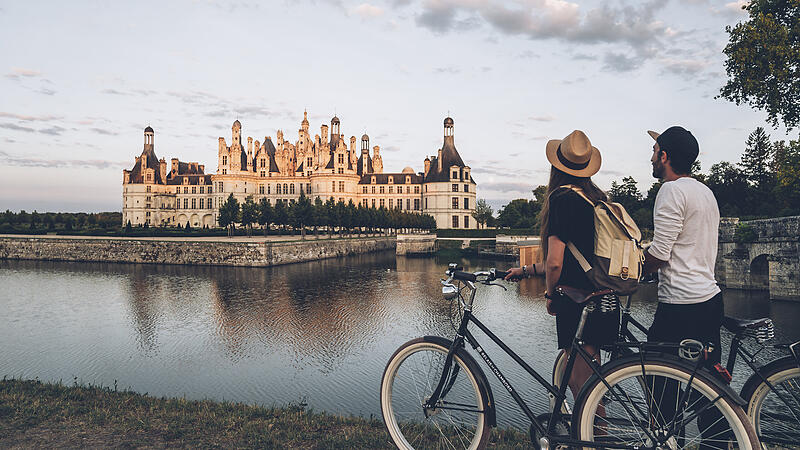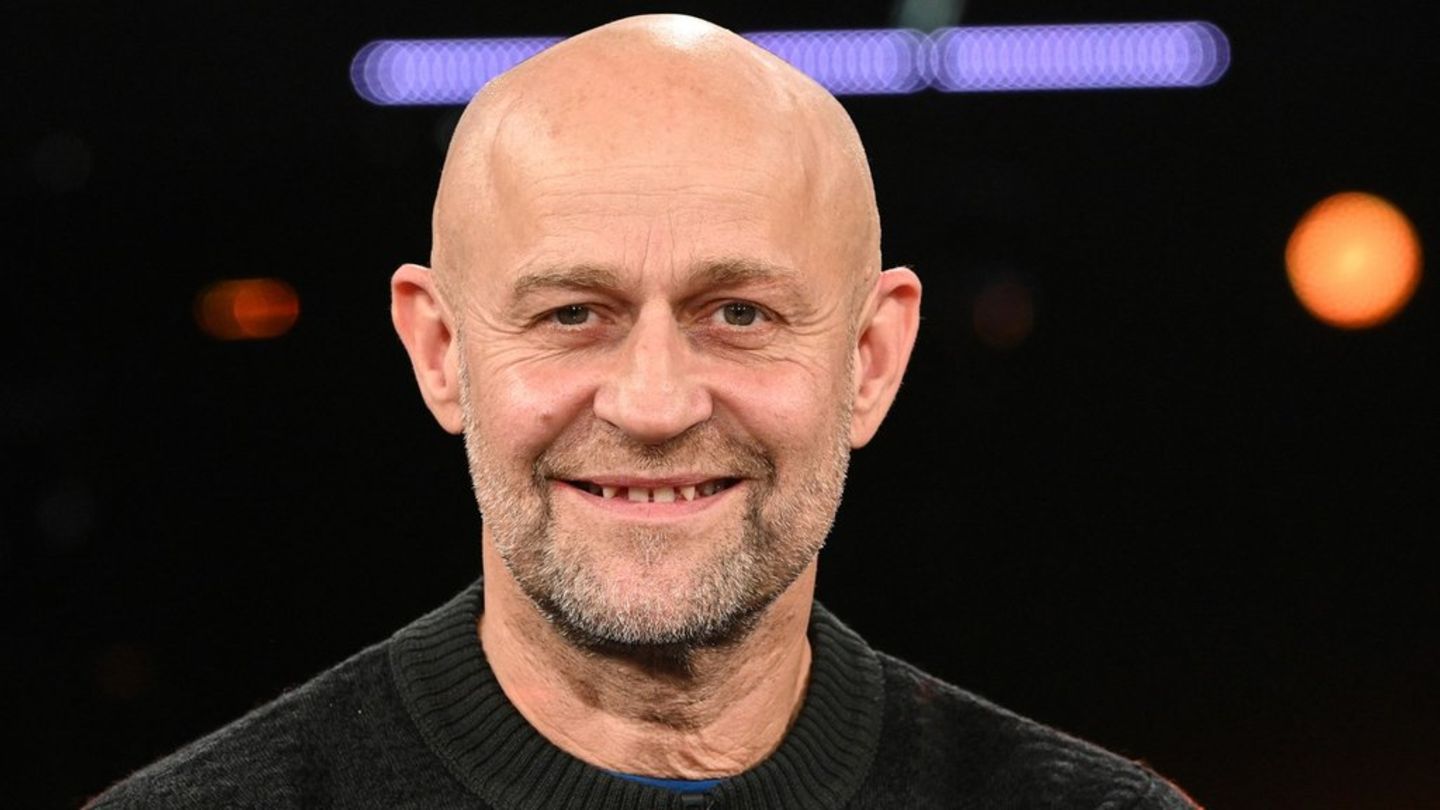“Take everything you find here and be creative,” says Jean François Boucher with contagious happiness. We are standing in the studio of the “Meilleur Ouvrier de France”, the “best flower designer in France”, which is housed in the gardener’s cottage of the enchanting Loire Castle Chenonceau, and can indulge in the lush splendor of flowers during his “Plant Art” master class. His only requirement: At the end, none of the black sponge in the arrangement in which we arrange the plants should be visible. The final result is a huge structure of white, pink and purple flowers that would do even the most spoiled of princesses proud.
Once upon a time there was a kind king who sent a writing princess on horseback (oh, sorry: wire donkey) to the Loire to look around the finest castles in France. As a journey through time by bicycle in Gothic and Renaissance, Baroque, Classicism and Historicism. Nowhere else in the Grande Nation are there as many castles as on the Loire, around 400 alone can be visited by the public. The magnificent buildings were built from the 13th century, when the kings had to flee the capital Paris to quieter parts of the country during the turmoil of the Hundred Years’ War, and later underwent numerous changes and extensions. The Centre-Val de Loire region is committed to sustainable bike tourism and has established a dense network of trails for this purpose. More than 900 kilometers lead along the Loire from Nevers to the Atlantic and include variants on tributaries such as the Cher, Indre or Vienne. Cyclists with an affinity for culture pedal with pleasure on their own routes or small side streets from castle to castle and let the history of the Loire kings (Charles VII, Louis XI, Charles VIII, Louis XII and Francis I) and on into the late 18th century come to life th century come alive. Little by little, a historical red thread emerges for the visitor.
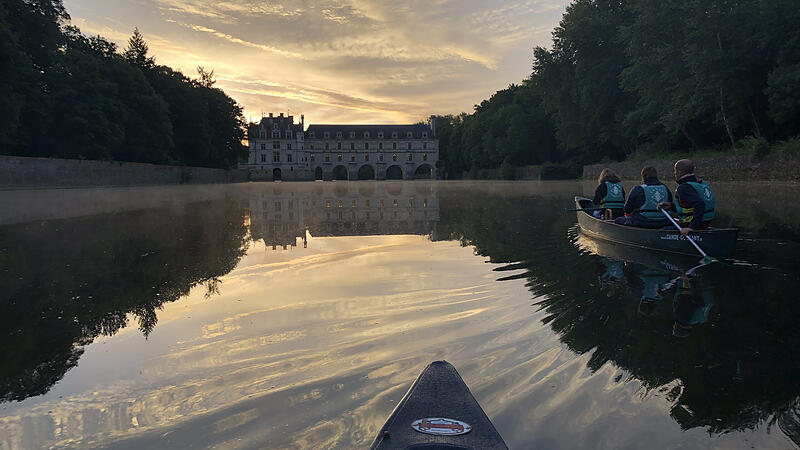

Ladies Castle
“Château Chenonceau is different!” claims Caroline Darrasse. “There’s no blood on the walls here, there was never a war here, just festivals, roses and art,” says the PR manager, outlining Chenonceau’s uniqueness. In this “Castle of Ladies” only women – including Katherine Briçonnet, Diane de Poitiers and Catherine de Medici – controlled fate and made the charming property a place of peace, the fine arts, philosophy and enlightenment. The traces of her delicate hands can still be felt today.
Inside, the romantic walls above the Cher River house works by great masters such as Murillo, Tintoretto, Antonio da Correggio and Rubens. But when she visits, the princess on the bicycle has no sense of sublime art, because gigantic flower arrangements draw her attention. They come from the aforementioned master Jean François Boucher, who subtly adapts his works of art to the character and colors of each room. “The floral decoration breathes life into the castle and makes it unique,” Caroline justifies the effort.
With its three meticulously manicured gardens, Chenonceau is one of the most visited chateaux in France. But there is also a possibility of a quiet approach: The princess climbs down from her pea early in the morning and arrives at the Canoe Company at five o’clock for the paddling tour.
The mood is mystical: wafts of fog drift across the Cher, while the sky slowly turns from pale gray to salmon pink. After a bend in the river, the castle suddenly appears, over which the sun is just rising. The light penetrates the building through the windows on both sides, so that the meter-thick walls appear delicate, airy and filigree.
The next objective shows Stein demonstrating true masculinity. “This is the sum of what human artistry is capable of!” exclaimed Emperor Charles V when he spotted Chambord Castle – nestled in a 54 square kilometer hunting ground – for the first time. In fact, the builder Franz I tried to prove his own greatness as well as the power and strength of France with this architectural utopia. The gigantic Renaissance complex impresses from the outside with four mighty towers (currently unfortunately scaffolded) and a roof landscape decorated with numerous battlements, chimneys, gables, dormers and lanterns. Inside, the hunting and pleasure palace is impressive – the Sun King Louis XIV also held extravagant parties here – with 400 fireplaces, 440 rooms and the famous double spiral staircase made of white marble in the center of the building.
Each lock is unique
As many castles as there are on the Loire, they present themselves as differently. Château Meung-sur-Loire offers an authentic insight into the lives of nobles from the 17th to the 19th century through everyday objects, such as a special teacup that won’t melt a waxed mustache. In L’Islette Castle, Bénédicte and Pierre-André Michaud invite you to visit their private apartments.
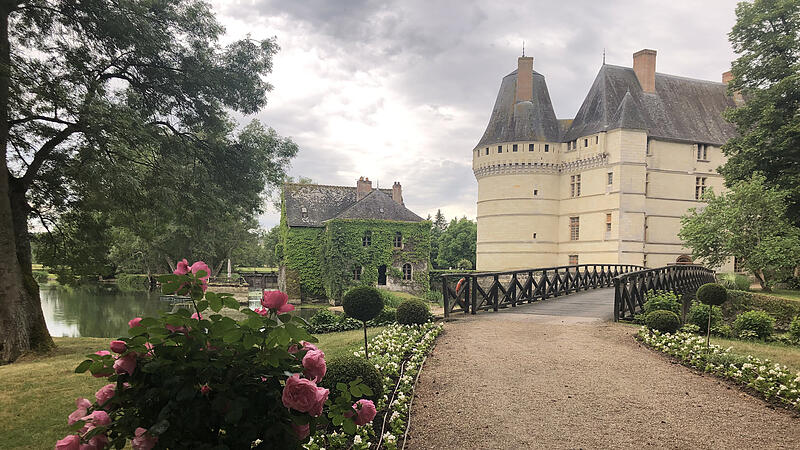

The owner family stays in the château in winter (in the farmhouse in summer) and sometimes personally shows off an amazing mix of Renaissance four-poster beds, Ikea couches, a mirrored 70s bathroom and a Bulthaup stainless steel kitchen complete with pinned family photos. The proud Château de Villandry almost pales in comparison to its magnificent gardens: hidden within 52 kilometers of carefully trimmed box hedges are seven different areas with 115,000 plants.
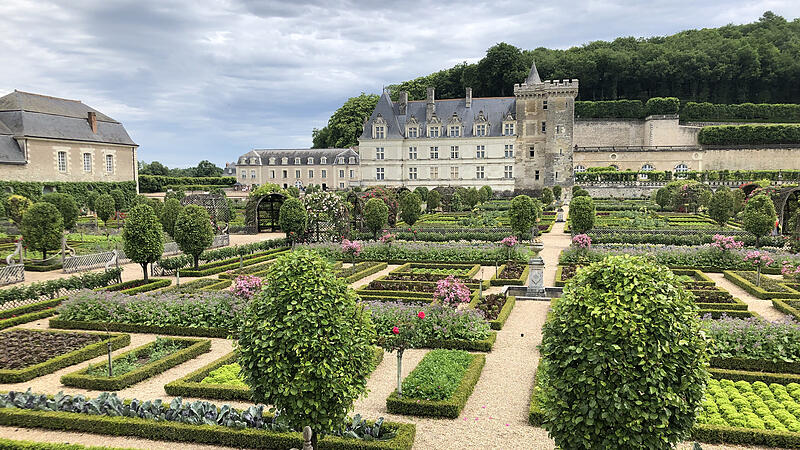

The most beautiful are the garden of love and the kitchen garden with 40 decoratively arranged vegetables (the products are given away to visitors at harvest time).
They were two royal cities
The royal city of Blois offers bikers an impressive photo motif from the Loire cycle path. Château Blois above the old town is a textbook example of stylistics. The medieval core is joined by parts of the building from the Renaissance, Gothic and Classicism.


Here, too, a spiral staircase captivates: it does not wind up twice, but is somewhat older than that of Chambord, more richly decorated and runs along the outer facade. King Louis XII used it as a magnificent stage for performances before his people. Blois was the residence of a total of seven kings and ten queens, but unfortunately also a sad scene of the religious wars. The second royal town, Loches, can be reached via the Indre cycle path and the rose village of Chédigny – a prime example of village revitalization. The Cité Royale, surrounded by a two-kilometer-long, double defensive wall, towers over the idyllic town. Hosts of servants once worked here for the king, today 19 people live in the medieval building ensemble. The donjon (keep) of the castle offers a magnificent view of the unique Romanesque church from a height of 37 meters: its nave is roofed by two eight-sided pyramids. A church roof like a camel.
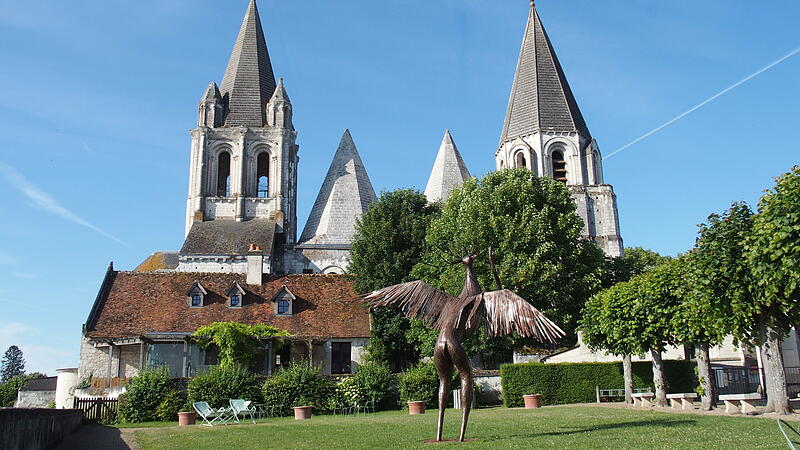

Loches is dedicating a special show to Agnès Sorel this year to mark his 600th birthday. This beautiful lady from the lower nobility was the mistress of King Charles VII. However, Charles did not keep her discreetly secret, but showed the mistress – the first in French history – unashamedly next to his wife Marie d’Anjou. The scandal was complete when Agnès was portrayed in royal blue, with a crown on her head (as the queen’s rival!) and like a mother goddess with her bare breasts. The princess on the bike is horrified!
Source: Nachrichten

